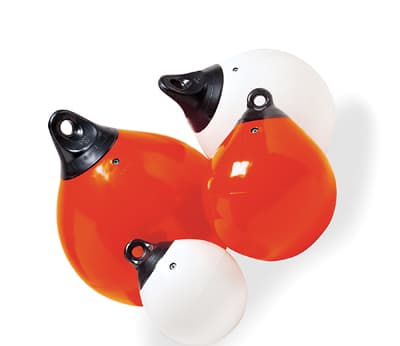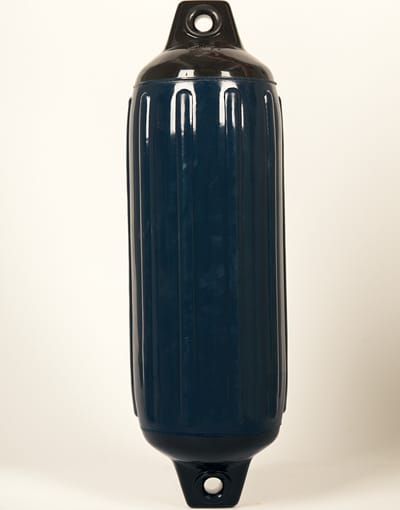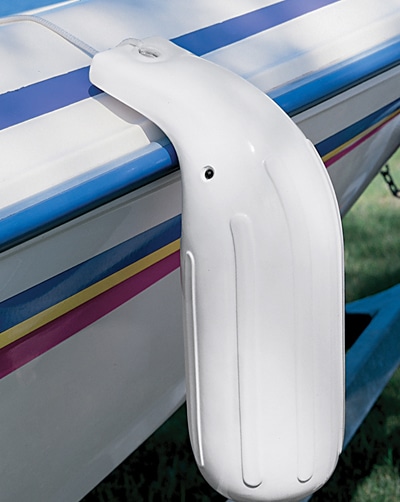Call them fenders, please, not bumpers or buoys: We boaters depend on these puffed-up protectors to keep our gelcoat from becoming scuffed and scratched. But all fenders are not created equal — or with equal creativity. Here’s how to use them.

Polyball Fenders
On larger boats round fenders are a good pick, since it takes more weight to squish them flat. They’re also good for boats rafted together, since they fill in the gaps created by boats with varying bow flare, and their larger diameter provides extra cushion in choppier water. These take up gobs of stowage space but can be deflated for easier stowage.

Cylindrical Fenders
These are easy to stow in racks or compartments and can also be deflated for easier stowage. Some have an eye on the ends and others are hollow in the center, allowing a line to pass through. Hollow centers are a great choice since they can be hung either vertically or horizontally at different lengths with a single line and roll on the line to stay in postion.

Specialty Fenders
You’ll also see plenty of fenders designed for specific purposes. Some made for boats with low freeboard are L-shape, to properly hang over the gunwales. Others are slotted to slide onto swim platforms. Large rectangular fender “cushions” hang between boats when rafting up. Still others are molded at an angle for pontoons.









